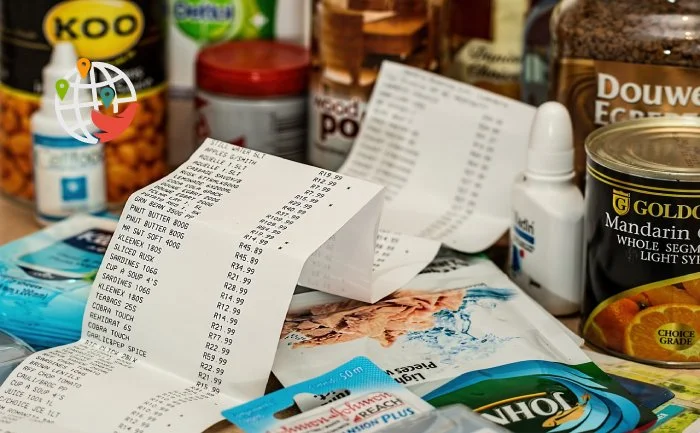How prices are rising in Canada

March Inflation and Statistics.
In March 2023 inflation slowed down by 4.3%. However, experts believe that it is too early now to talk about a significant reduction in prices. Let's find out how grocery stores in Canada are doing.
"While headline inflation has slowed in recent months prices remain elevated," StatCan report says.
Statistics Canada, responsible for all numbers and indicators in the country, has released a report on the current state of Canadian households and prices increase in March. According to the latest figures, the prices of groceries in stores and restaurants rose by 8.9% year-over-year. Experts note that prices rose more slowly than in February 2023.
Canadians are still seeing higher prices in grocery stores in March. Prices for items such as flour, fruit juices and apples remained high in March, while prices for ham and tomatoes declined from February to March 2023.
March percentage data:
- Grocery prices in stores rose by 9.7%;
- Food prices in restaurants rose by 7.2%;
- Fast food and takeaway prices went up 8%.
"While food price inflation slowed, prices continued to rise on average from month to month. Over the summer, we expect more clear signs that inflation is coming down," said economist Andrew Grantham.
The statistics office also released year-over-year comparisons for March and February (in parentheses). Here's how prices for some products rose:
- Meat: 6.6% ( 6.2 %)
- Cheese: 4.9% ( 7.5 %)
- Fresh milk: 6.7% ( 7.3 %)
- Bakery products: 14.2% ( 13.9 %)
- Apples: 15.8% ( 16.6 %)
- Oranges: 5.1% ( 15.1 %)
- Fresh vegetables: 10.8% ( 13.4 %)
- Tomatoes: 10.9% ( 7.1 %)
- Potatoes: 11.4% ( 11.8 %)
- Eggs: 11.8% ( 13.6 %)
- Pasta products: 14.2% ( 23.1 %)
- Coffee and tea: 11.1% ( 10.6 %)
- Condiments, spices and vinegars: 11 per cent ( 10.8 %)
Any Canadian can calculate the growth rate of food prices in thair province with a special calculator. Below we show the growth rate of food prices in stores in each of the provinces over the past year:
- Newfoundland and Labrador – 9.6%;
- Prince Edward Island – 10.3%;
- Nova Scotia – 10.6%;
- Quebec – 10.6%;
- Ontario – 9.5%;
- Manitoba – 10%;
- Saskatchewan – 9.9%;
- Alberta – 9.3%;
- British Columbia – 8.6%;
- Yukon – 8.7%;
- Northwest Territories – 14.1%;
- New Brunswick – 9.9%;
- Nunavut – 9.7%.
Canadian price growth rate for last year was 9.7%.

















